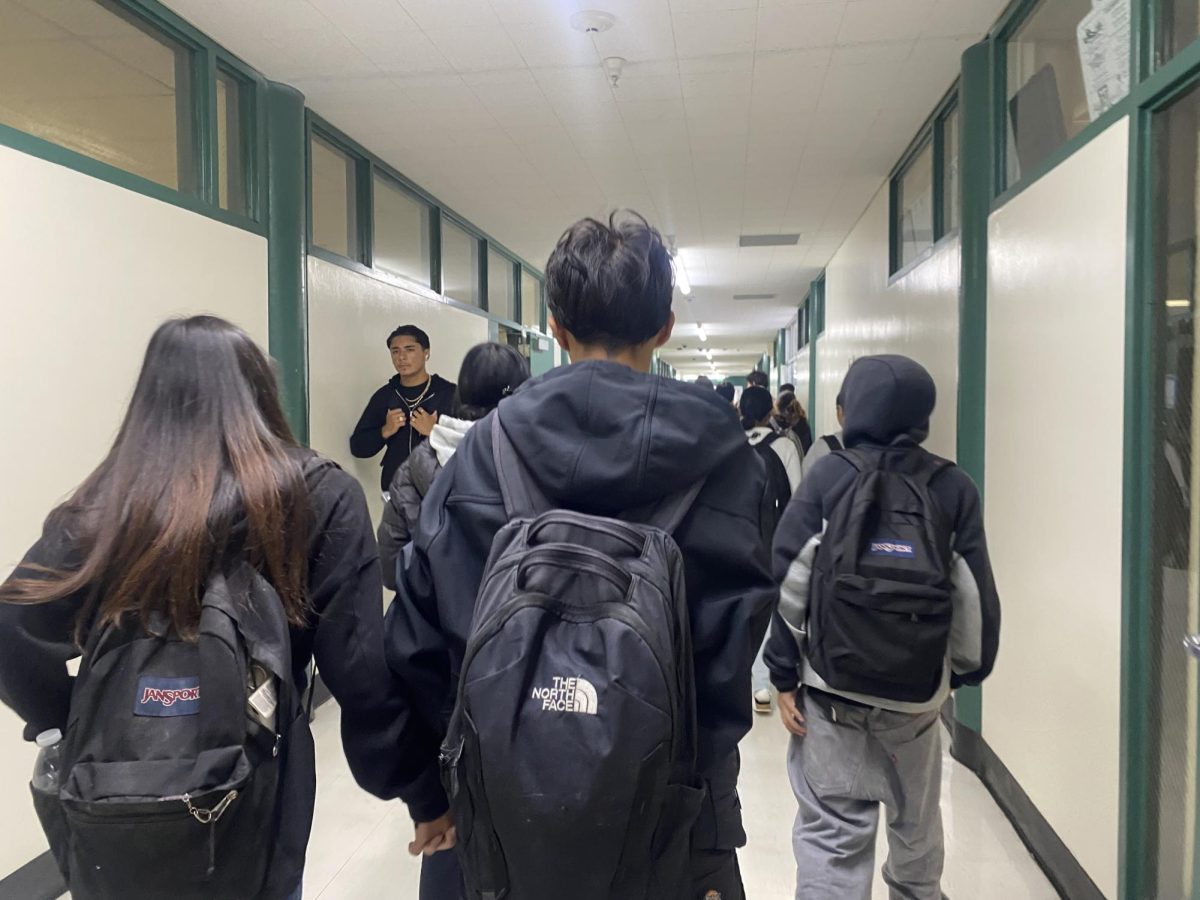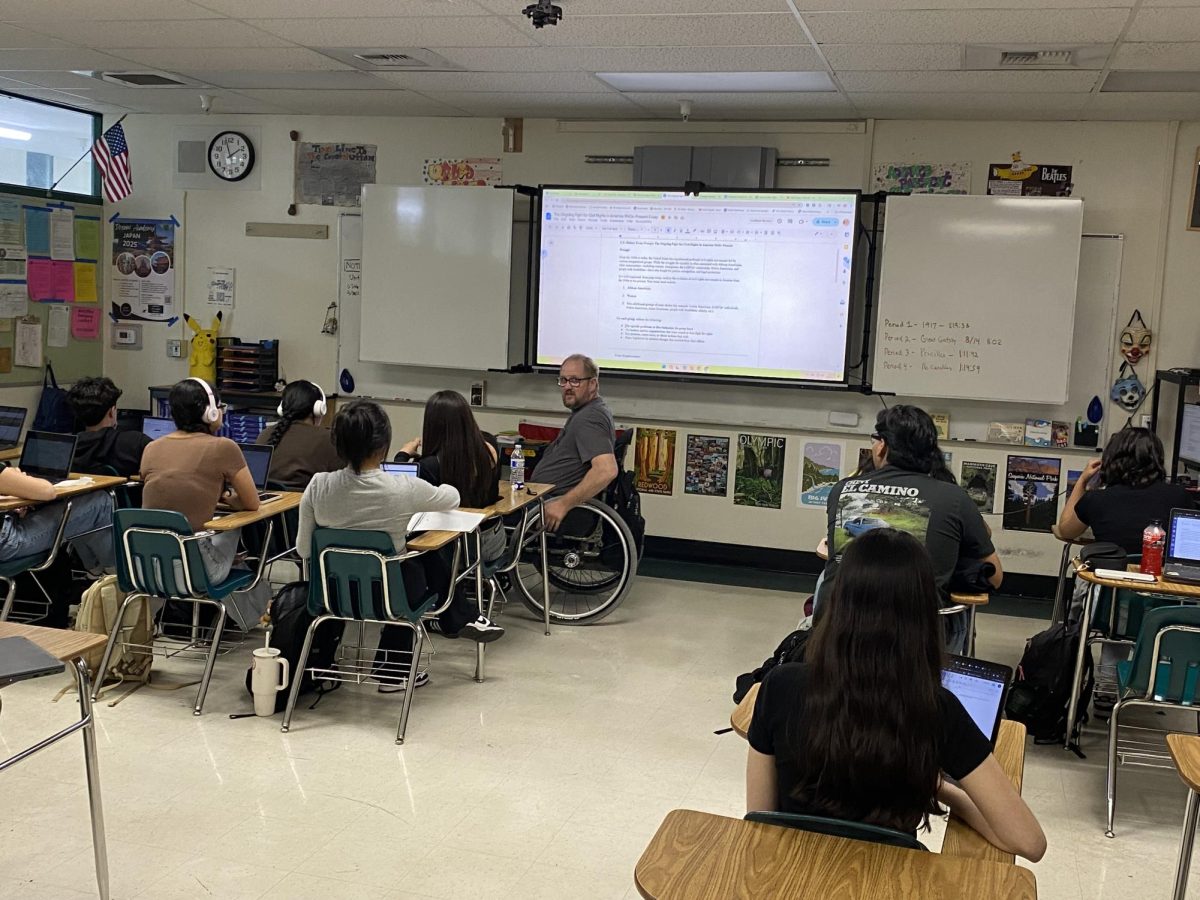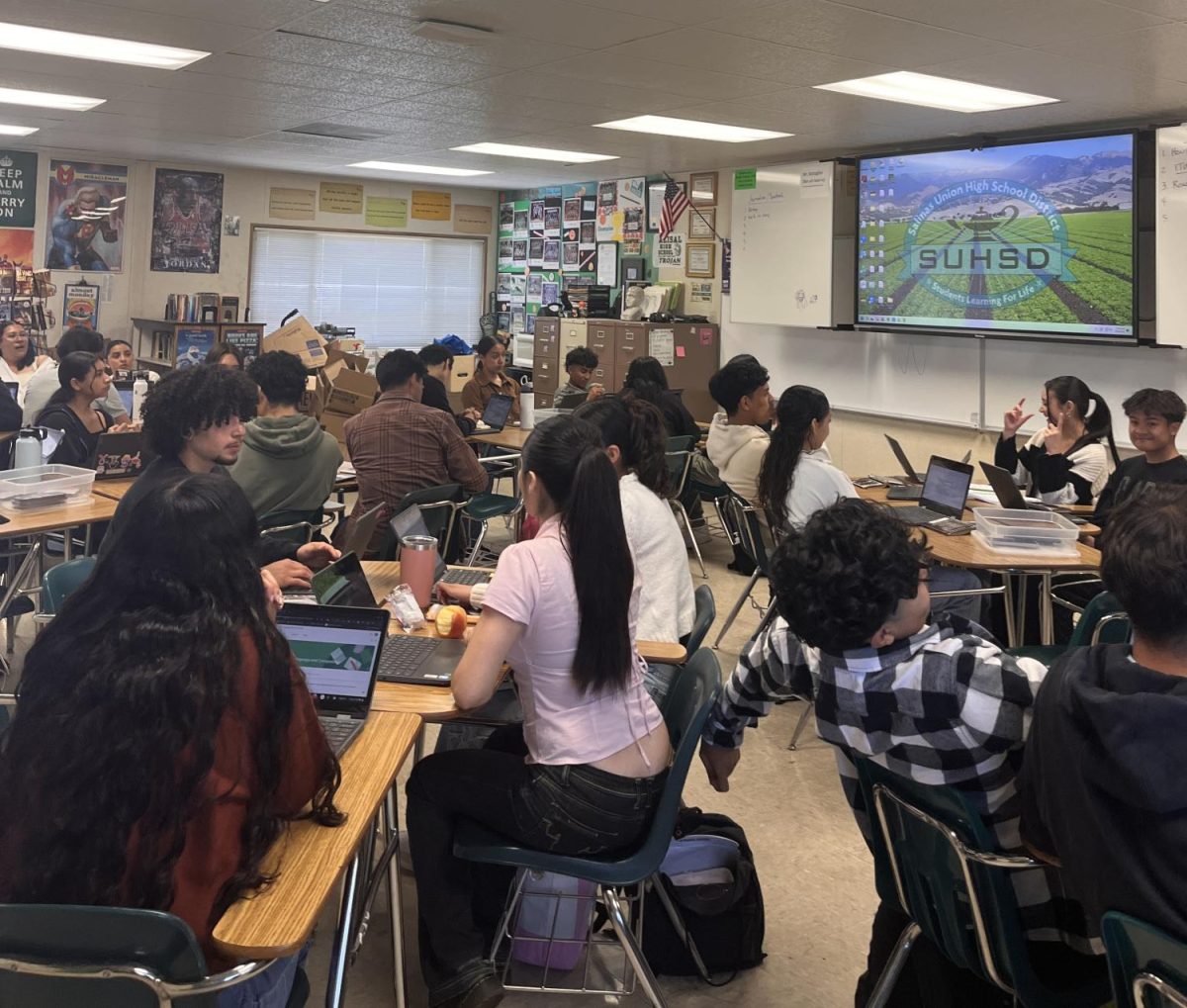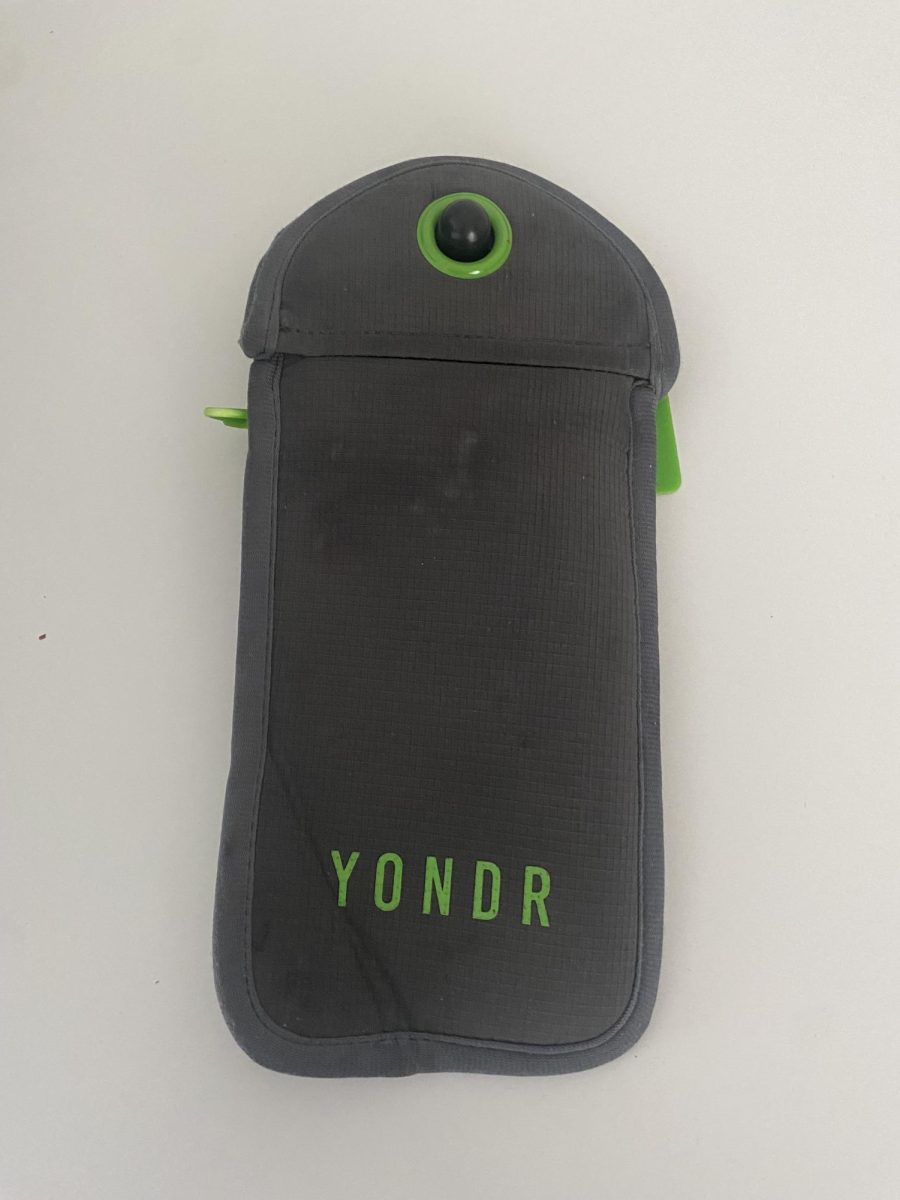Across the United States, cell phone usage amongst teens has been growing exponentially.
Teens ages 13-18 use cellphones to communicate amongst each other, family members, or any person they want, as well as using technology to distract their minds from issues they have in their lives by playing video games, watching videos, and listening to music.
While these are fine outside of school, schools are working to limit or eliminate the distractions during class time.
Government studies have shown that an excessive amount of screen time can lead to mental health issues. “It is confirmed that adolescent’s mental health and physical health is associated with cell phone addiction,” according to the California Institute of Behavioral Neurosciences and Psychology.
In many schools, cell phone usage issues have risen over the past years. Due to many students having a cell phone now, getting distracted during class time increases on a daily basis as students get more and more confident to use their phones during lesson times. Marianna McMurdock, a journalist for The 74 covered this topic and stated, “A quarter of the 13-18 year olds in the study used devices for two hours each school day, which lasts around seven hours.”
In Virginia, an executive order was signed that would ban cell phones for students in grades K-12 in order to prevent class distractions and other issues that come with the use of cellphones in schools.
California implemented a ban on cell phones last July in the nation’s second biggest school district, the Los Angeles Unified School District. This new ban was placed in response to the new bill passed by governor Gavin Newsom, which ordered all California school districts to implement some sort of cell phone ban to keep students off their phones.
This year the Salinas Union High School District started a new ban on cell phones in middle schools, in order to combat the now growing issues of cell phone usage in school during class hours.
This new ban on cell phones followed as it was seen as a way to move a step forwards towards a better school environment. “We want our students to be engaged in their learning and continue to develop appropriate interpersonal social interaction throughout the day,” a statement from SUHSD said.
With this new ban on cell phones, middle school students are now required to put their phone in Yondr pouches which secure their phone in a safe place where they can’t be opened by anyone other than teachers and administrators.
The students are prohibited from taking out their phones at any point in the school day. This ban also prohibits students from entering schools without a pouch with a cellphone. “When students are caught with their phones, they are immediately sent to the detention room, where their actions are logged, and progressive consequences are applied.” Mary Espinoza, the assistant principal at La Paz Middle School, said.
While the middle schools have implemented a policy, the high schools haven’t. Yet.
At Alisal, several teachers have their own method to crack down on cell phone usage during class, by using clear boxes or wall pockets. “I would say that using the boxes has been very effective since I started doing it 3 years ago,” English teacher Mick Battaglini said. “The best part of it is when a student just forgets their phone. That’s how I know it’s effective and it works, if they don’t install the Yondr pouches I will continue to use this method,” Battaglini added.
Many students feel prohibiting cell phones in classrooms stopped affecting them after a while, such as senior Christhopher Ojeda who believes that, “I personally don’t mind them. I think it’s a good way for students to listen to a lesson and not be stuck on a device 24/7.”
The Salinas Valley Federation of Teachers sent out a survey to all five high schools in the district, and 80% of the 463 certified staff who responded said they wanted Yondr bags to be implemented, with 13% of these staff voting for maybe, and only a 7% percent stating no. “Cell phones are impeding academic growth in young people. Social media companies are preying on them for marketing leverage. If we care about our students’ prosperity in the future, let’s develop a district-wide ban on phones that addresses all concerned parties,” English teacher John Bruce said.
Furthermore, many Alisal teachers already have a current cell phone policy in their classrooms, and are overwhelmingly in favor of implementing Yondr pouches.
“Continue with Yondr bags in 9th grade, but have a school wide system whereby in 10th grade, there are Yondr pouches only for those who are not successfully managing their own behavior,” social studies teacher Gloria Estrada said.
We reached out to the Salinas Union High School District Superintendent Dr. Zandra Jo Galvan, but she did not respond to our requests for comment. Principal Christina Perez said, “The discussion about Yondr pouches will need to include leadership, students, parents and staff that will be involved in the implementation of the Yondr pouches.” She said she has not been involved in any specific discussions for next year.
While many SUHSD staff may agree with the idea of implementing Yondr bags into the high schools, many issues worry other staff such as the lack of available bag openers and the high cost of these bags.
With each Yondr bag costing around $25 and an average of 2500 students per high school, the district would have to come up with $312,500.
However, there are many grants and other forms of funding school districts can use to manage this heavy price. “The pouches are paid for from a variety of streams, including Title I, II, and IV funding, as well as funds meant for COVID relief, mental health, safety, and technology, all of which are outlined in a three-page funding document Yondr sends to prospective schools,” Juno Demelo stated for the New York Times.
While the high school teachers would welcome the Yondr pouches and the results at the middle school have been positive, it remains to be seen if the district will make the investment. One thing is clear, schools all over the country are taking steps to eliminate cell phone distractions at school.

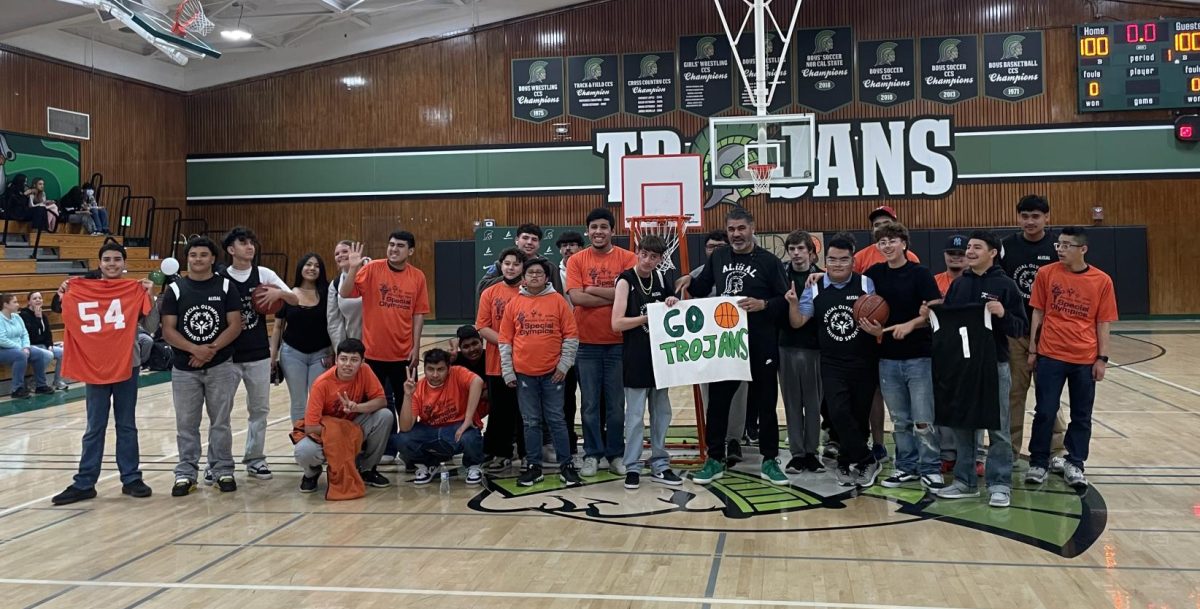
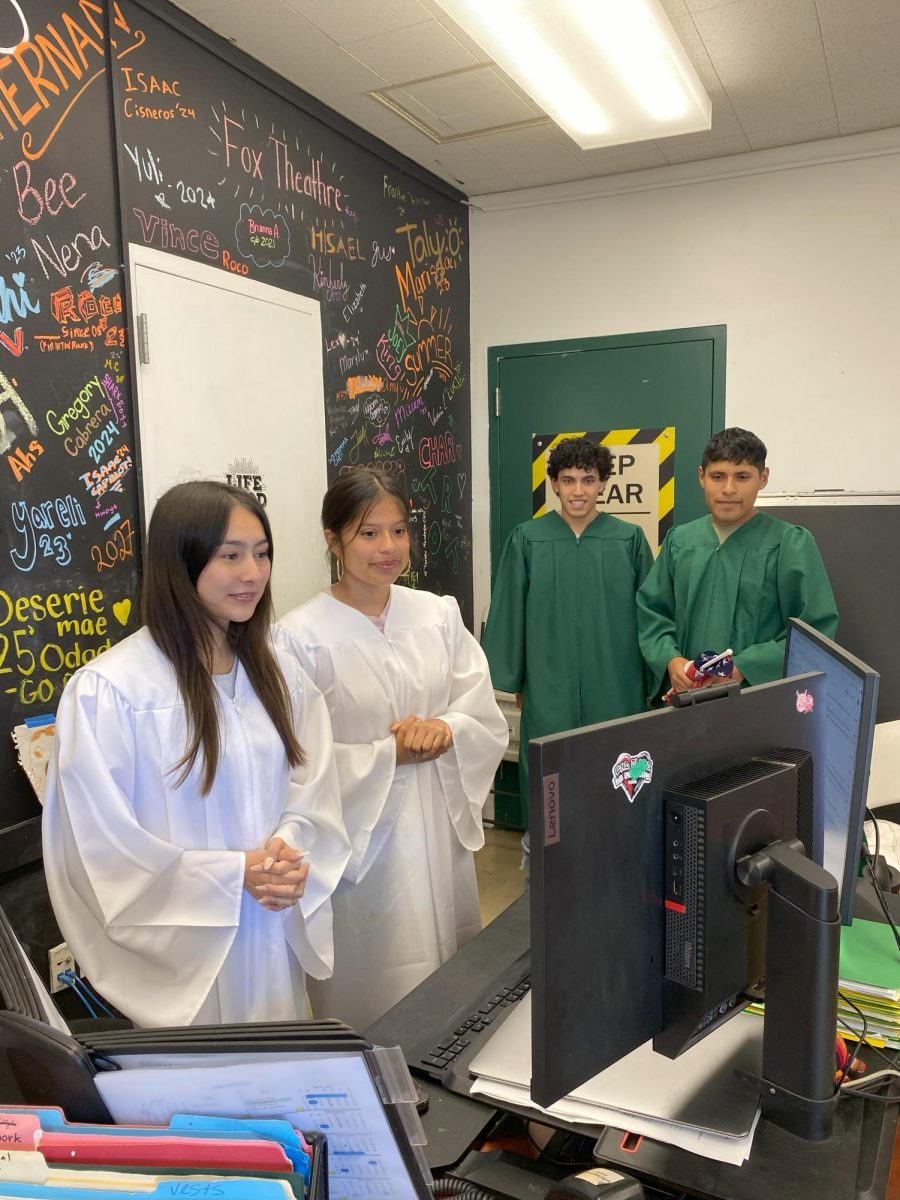

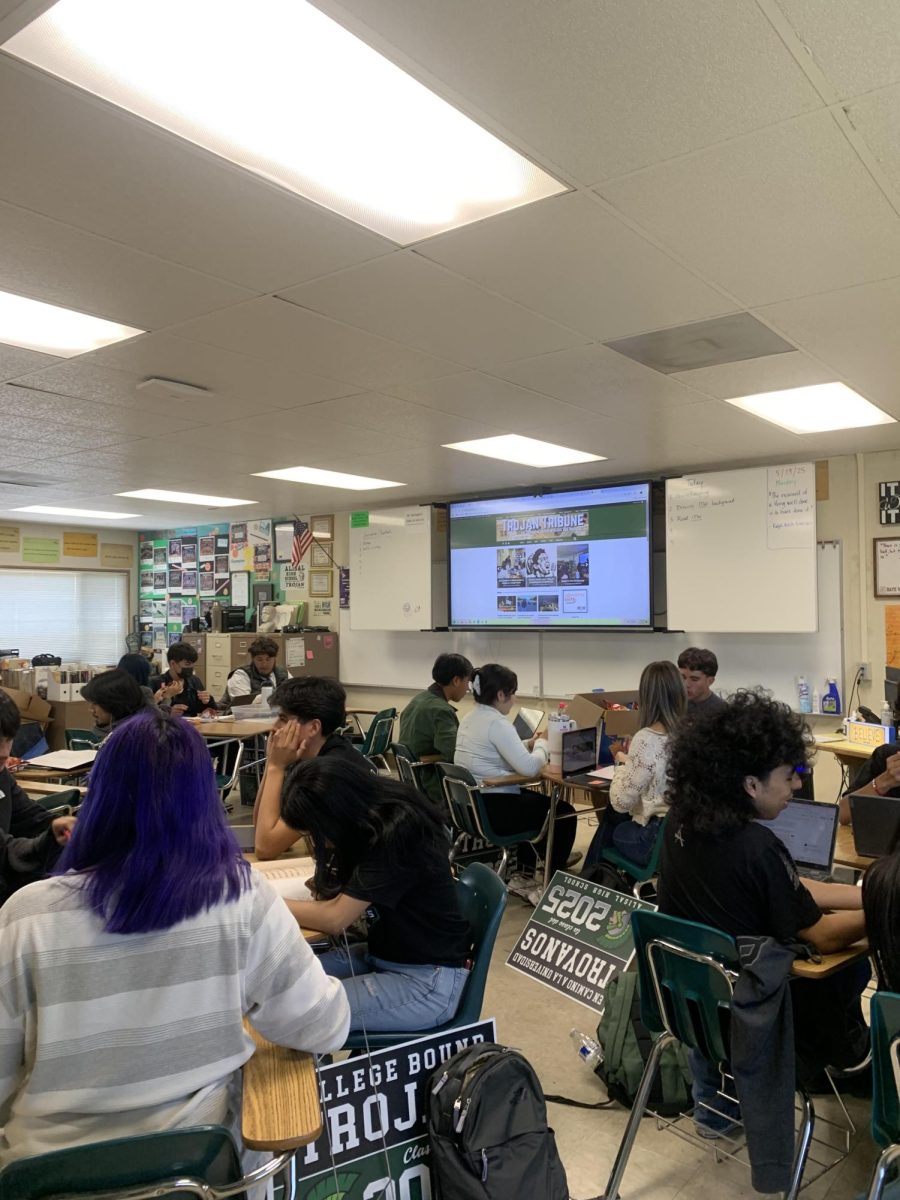

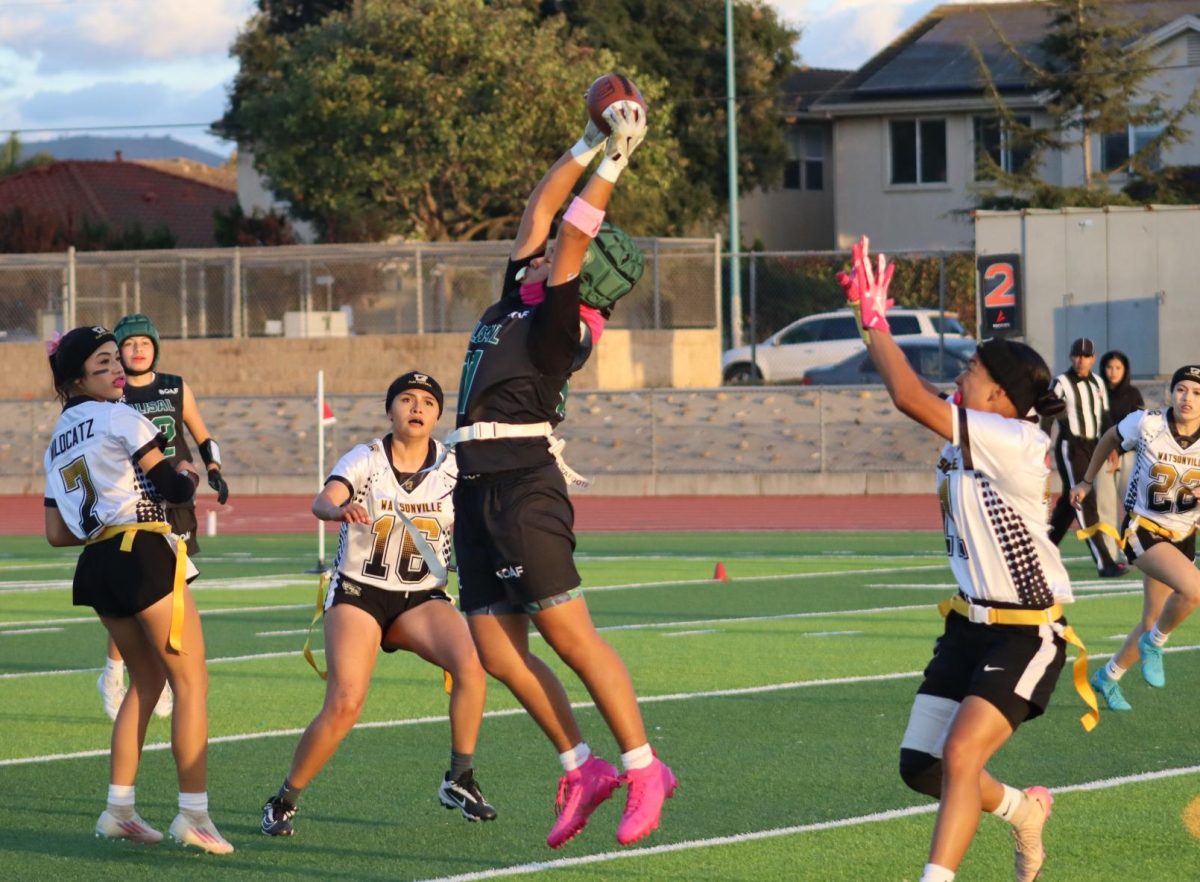
![Senior Jayden Duarte dives across the goal line for one of his five touchdowns in a dominant 62-40 victory over Monterey. It has been a highly successful season for Duarte, and he credits his coaches for putting him in positions to succeed and make key plays. “The goal is to help wherever the coaches need me, receiver, running back, [and] DB,” he said.](https://alisaltrojantribune.com/wp-content/uploads/2025/10/IMG_3599-2-1200x800.jpg)








